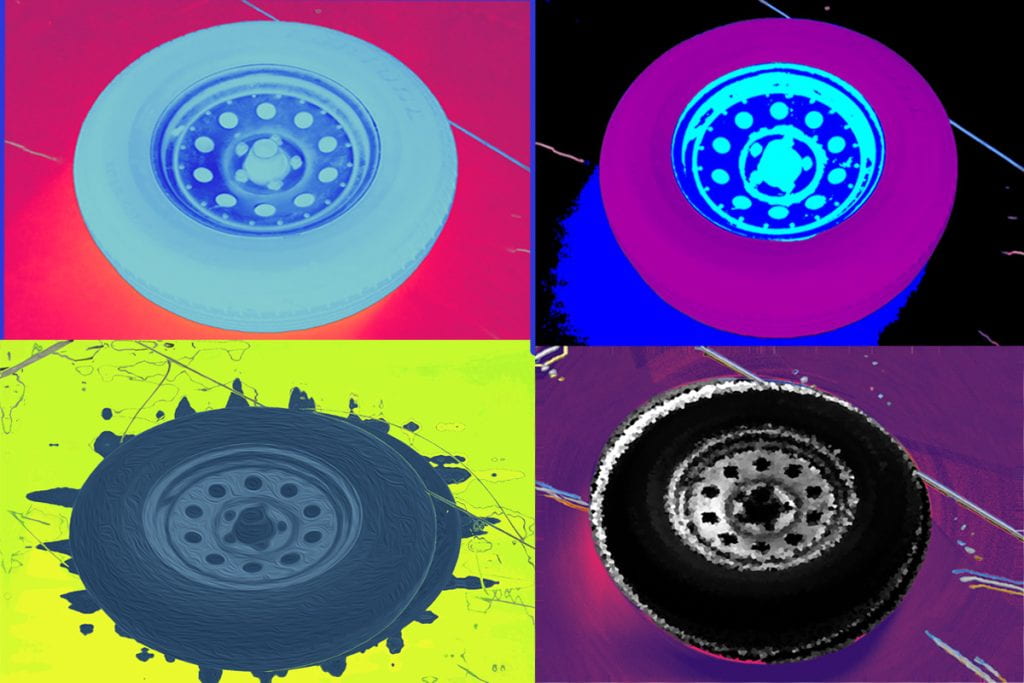When would you use external flash? When you want to fill in shadows or add light to your subject in a dark or low-light setting.
Do you need to meter the light if you use flash? Yes, you need to meter the light if you use flash, unless you want to rely on the camera’s automatic settings.
What does flash synchronization mean? Flash sync is a computer-controlled system that synchronizes your flash and shutter release.
What does ETTL mean? ETTL can mean different things depending on the context. In photography, it stands for Evaluative Through-The-Lens, an auto flash mode that improves exposure.
What will happen when you shoot faster than the camera sync speed? Black bands are the result of your shutter curtain blocking a part of the image during the exposure. This is what happens when you use shutter speeds higher than the sync speed.
Why do photographers bounce the flash and use a diffuser? Bounce flash diffusers provide a different approach to softening the light.
What is a slave? A slave (optical slave) is a device that’s connected to another flash or large strobe that triggers that device to fire when it “sees” another flash firing.
What should you do if your image comes out too dark or too light? You can use the exposure compensation setting on your camera to correct for under or over exposure.




